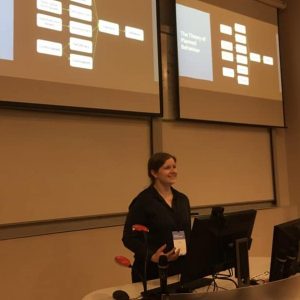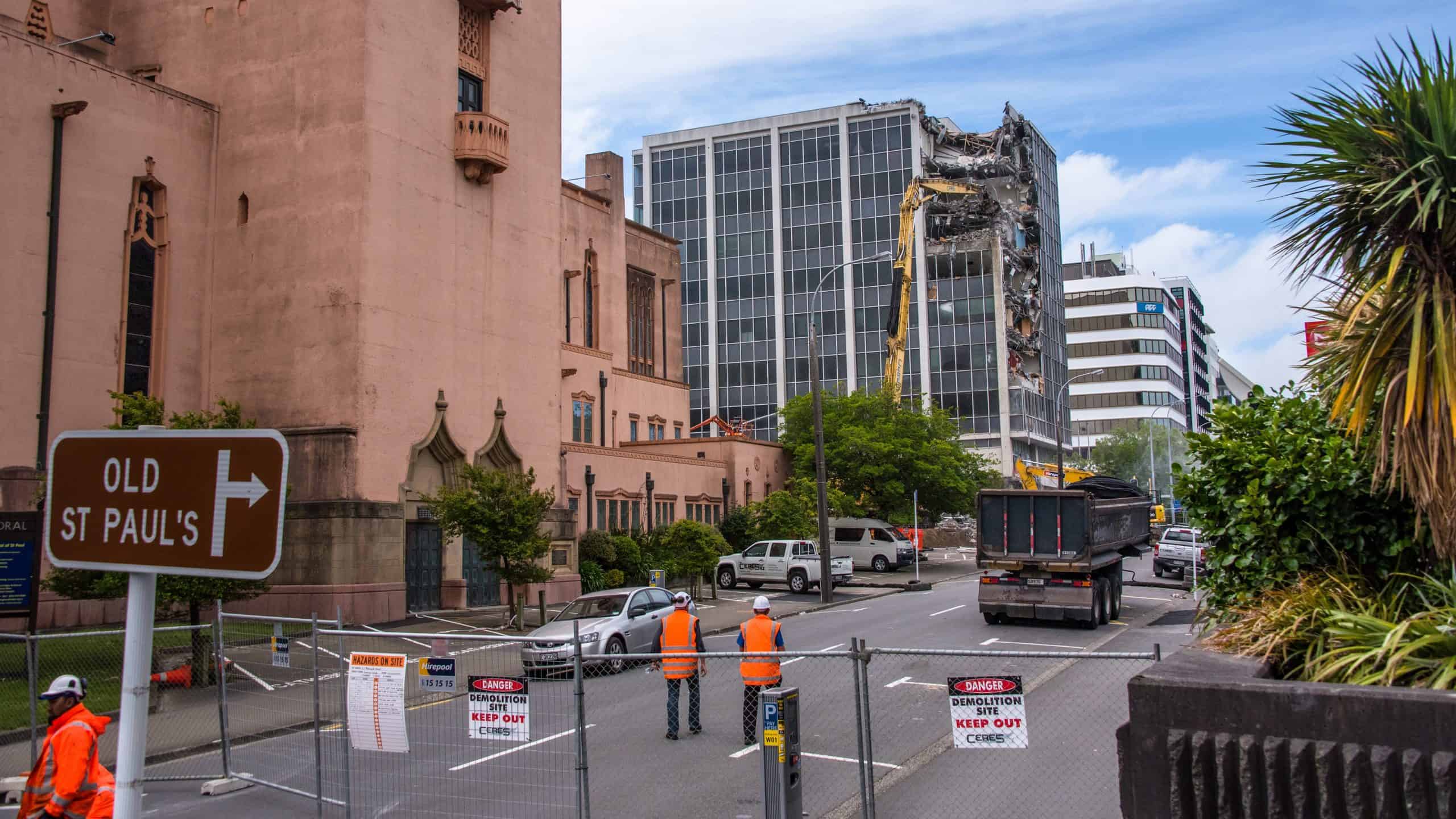The impact of the Kaikōura earthquake on perceptions of earthquake risk in Wellington
13/02/20
By Lauren Vinnell
There are many challenges to studying peoples’ thoughts and behaviour around earthquakes; one of them is that we can’t easily test the how such events change the way people think and act. We can ask people about their past experiences or we can ask them after an event to recall what they thought and what they did before an event. These methods have generated a lot of valuable, useful information to help us encourage people to prepare, for example. Occasionally, however, we have the opportunity to use a different method; a natural experiment. This is where study participants are assigned to conditions, like in an experiment, except that the assignment is done by a natural phenomenon instead of by the researcher. Using this method relies on timing as you can’t really plan a study to be before something like an earthquake, but if we happen to have run a study just before something happens we can then run another study afterwards designed to allow us to compare the data from the two time points.
I ran a survey of Wellingtonians, looking at their support for legislation to strengthen earthquake-prone buildings, a few months before the November 2016 Kaikōura earthquake. I ran the same survey again in December, which meant that I had answers to the same questions from both before and after the earthquake so that I could see how the event changed those answers.

Several of my findings were expected. People were more concerned about both earthquake-prone buildings and earthquakes generally and were more prepared after the Kaikōura earthquake (although past research tells us that these increases will disappear pretty quickly). Surprisingly, people in Wellington were generally less supportive of legislation to strengthen earthquake-prone buildings following the earthquake, even though they were more concerned about the risk they pose. This might be because the legislation applies only to older buildings, while several high-profile, more modern buildings were damaged in the earthquake. This finding has important implications for both how we communicate to the public about the legislation as well as how we report on earthquake damage to make sure that reasons for unusual or unexpected impacts are explained.
In this study, I also tested the impact of social norm messages which describe whether a particular group engages in and approves of a particular behaviour. Some of the participants were told that most other Wellingtonians approved of the legislation (called an injunctive social norm) and others were told how many buildings are being strengthened each year (called a descriptive social norm). I had already found that these messages affected Wellingtonians’ opinions about the legislation; I wanted to know if these social norms were as impactful right after the earthquake.
We know from past social science research that people tend to rely on this information when they have less knowledge already. People knew more about the legislation after the earthquake and there was some evidence that our social norm messages had less of an impact. They did still show some effects on participants’ opinions about the legislation however, suggesting that if we use this type of messaging to encourage natural hazard preparation and something like an earthquake happens to occur, then the messaging should still be effective.




